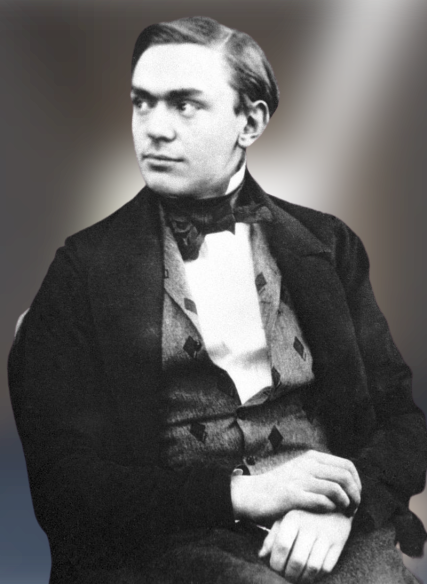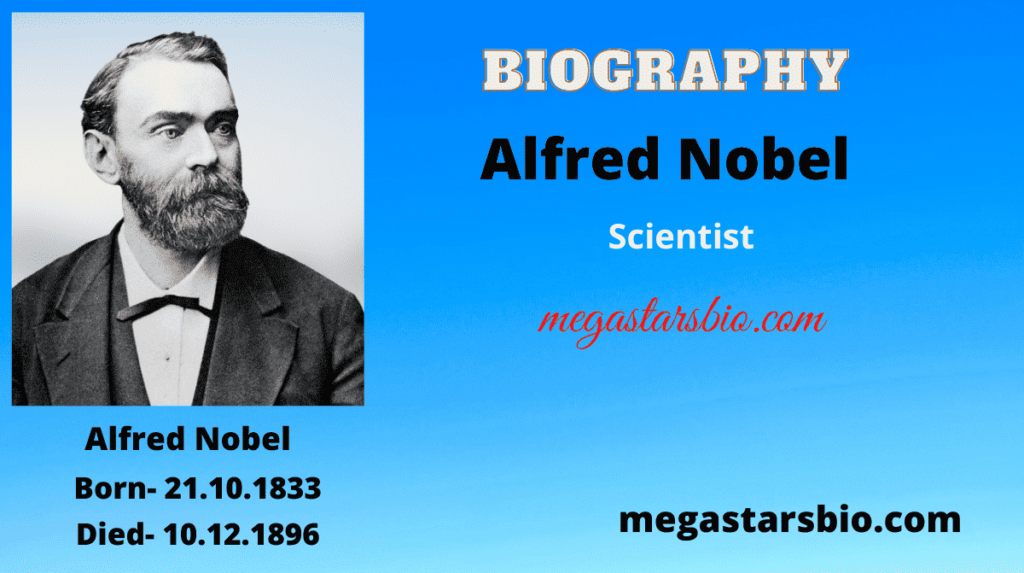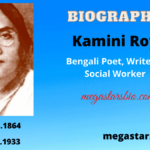Alfred Nobel was a scientist, inventor, businessman, and founder of the Nobel prizes born on 21st October 1833 in Stockholms, Sweden. He is well known as the Benefactor of the Nobel Prize and the inventor of dynamite.

| Full Name | Alfred Bernhard Nobel |
| Nickname | Alfred |
| Born | 21.10.1833 |
| Died | 10.12.1896 (Aged 63) |
| Birthplace | Stockholms Sweden |
| Nationality | Swedish |
| Profession | Engineer, Chemist, inventor, businessman & philanthropist |
| Net Worth | 250 Million Dollars |
| Zodiac Sign (Sunsign) | Libra |
| Social Profiles |  |
Alfred Nobel Family Background
Table of Contents
He was the son of Immanuel Nobel (Father) and Andriette Ahlsell Nobel (Mother). His father was a Swedish engineer, architect, inventor, and industrialist, and he was the third of the eight children of his parents.
He fell in love with a Russian girl called Alexandra, who rejected his proposal. Later he developed feelings for his secretary Bertha Kinsky, and they had a close friendship until his death. He met Sophie Hess in 1876 and developed a relationship with her that lasted for 18 years. He never married or had children.
| Father | Immanuel Nobel |
| Mother | Andriette Ahlsell Nobel |
| Brother | Ludvig Nobel, Emil Oskar Nobel, Robert Nobel, Henrietta Nobel, Rolf Nobel & Emanuel Nobel |
| Sister | Betty Karolina Nobel |
| Marital Status | Unmarried |
| Wife | None |
| Children | None |
| Son | None |
| Daughter | None |
Alfred Nobel Educational Qualification
Alfred’s father appointed a private tutor to advocate for Alfred. Especially he loved Chemistry and Languages. He was fluent in English, German, French, and Russian. He had studied under the chemist Nikolay Zinin and went to Paris in 1850.
His love for chemistry was such that he moved to the United States at 18 to further his knowledge on the subject. He loved literature from childhood and used to write poetry. His parents were opposed to his literary pursuits, so he never got his work published. After completing his studies, he started working in his father’s factory.
Also Read: Claudio Bravo Biography and Net Worth
Career
Alfred was deeply interested in studying explosives and obsessively experimented with nitroglycerin. After an accident happened at the shed used to prepare nitroglycerine, five people, including his younger brother, Emil, were killed.
Newtown became Nobel and became more focused on developing explosives that were safer than nitroglycerin. He found that nitroglycerin was combined with an absorbent inert substance, it became more convenient to handle and safer to use. This new substance, dynamite, was patented in 1867 and adopted in wide usage in mining internationally.
You may also read: Steve Jobs Biography, Net Worth, Career & more.
Continued his fascination with nitroglycerin
It was the first safely manageable explosive that was more robust than black powder. Continuing his fascination with nitroglycerin, he mixed it with nitrocellulose compounds and developed a transparent jelly-like substance that was even more powerful than dynamite.
It was called gelignite and patented in 1876. It was more stable and better for mining. He formulated a smokeless propellant made from nitrocellulose and nitroglycerin, which also contained 10% camphor. This mix was called ballistite and was patented the following year.
Last will of Alfred Nobel
His brother Ludvig died in Cannes in 1888. A French newspaper wrongly pubs published the obituary of Alfred Nobel, stating that the merchant of death is dead. Alfred was distraught to realize that this was how he would be remembered after his death.
He wanted to do something to redeem his reputation and left a significant portion of his massive wealth to create an international prize fund for honoring eminent personalities in the field of physics, chemistry, medicine, literature, and work in peace. His last will, approved on 27th November 1895, laid the foundation for the prize.
Recommended For you: Elon Musk personal life
In 1901 the first Nobel prizes (Nobel Peace Prize) were awarded to Frederic Passy and Henry Dunant. He held a total of 355 different patterns. He has an element in the periodic table named after him called Nobelium. On 10th December 1896, he died at 63 of an intracerebral hemorrhage at Sanremo, Itay.
You may also like: Abraham Lincoln Biography, Quotes, Family, Career and more.












